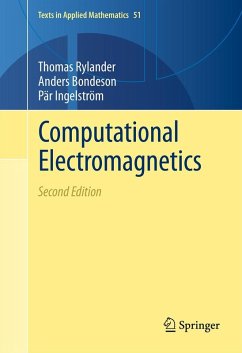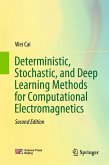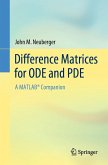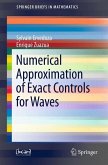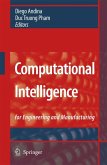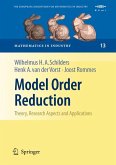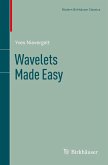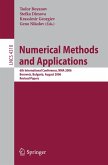with enough practical understanding of the methods so they are able to write simple programs on their own. To achieve this, the book contains several MATLAB programs and detailed description of practical issues such as assembly of finite element matrices and handling of unstructured meshes. Finally, the book summarizes the strengths and weaknessesof the different methods to help the student decide which method may be best for each problem.
In this second edition the book was updated throughout and extensive computer projects are included.
Reviews of previous edition:
"This well-written monograph is devoted to students at theundergraduate
level, but is also useful for practising engineers." (Zentralblatt MATH, 2007)
Dieser Download kann aus rechtlichen Gründen nur mit Rechnungsadresse in A, B, BG, CY, CZ, D, DK, EW, E, FIN, F, GR, HR, H, IRL, I, LT, L, LR, M, NL, PL, P, R, S, SLO, SK ausgeliefert werden.
"The book under review is an introductory textbook on CEM targeted at undergraduate students. The aim of the book is to introduce some popular and powerful CEM algorithms. ... this is a well-written and lucid textbook for students and researchers interested in learning CEM. Readers can enhance their knowledge of CEM with the Summary, Review Questions, Problems, and Computer Projects sections presented in most chapters." (JiChun Li, Mathematical Reviews, June, 2013)

